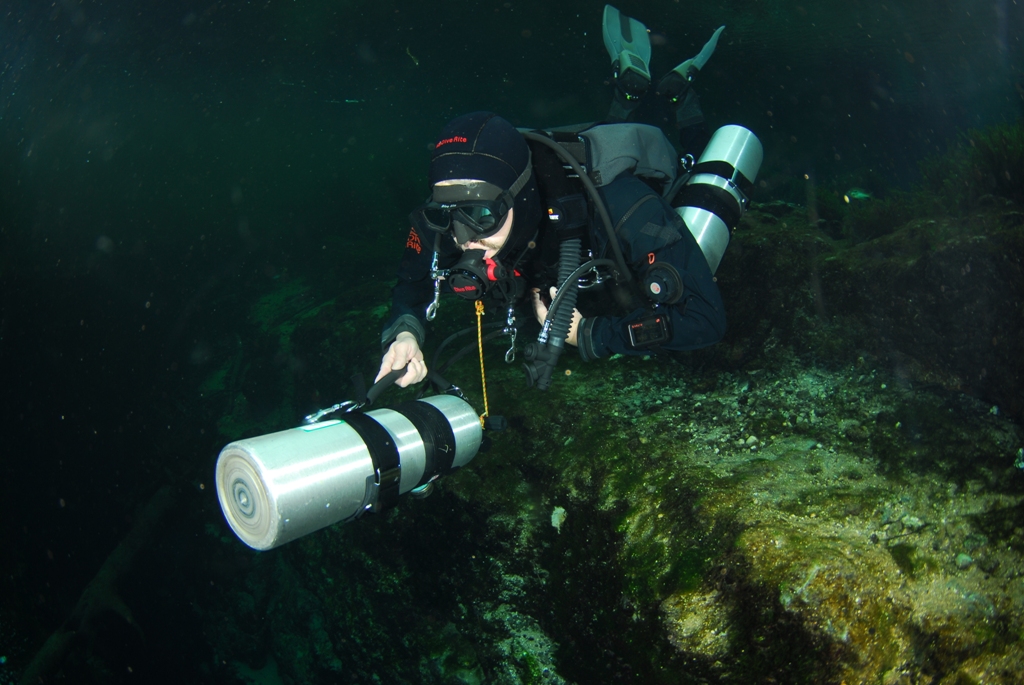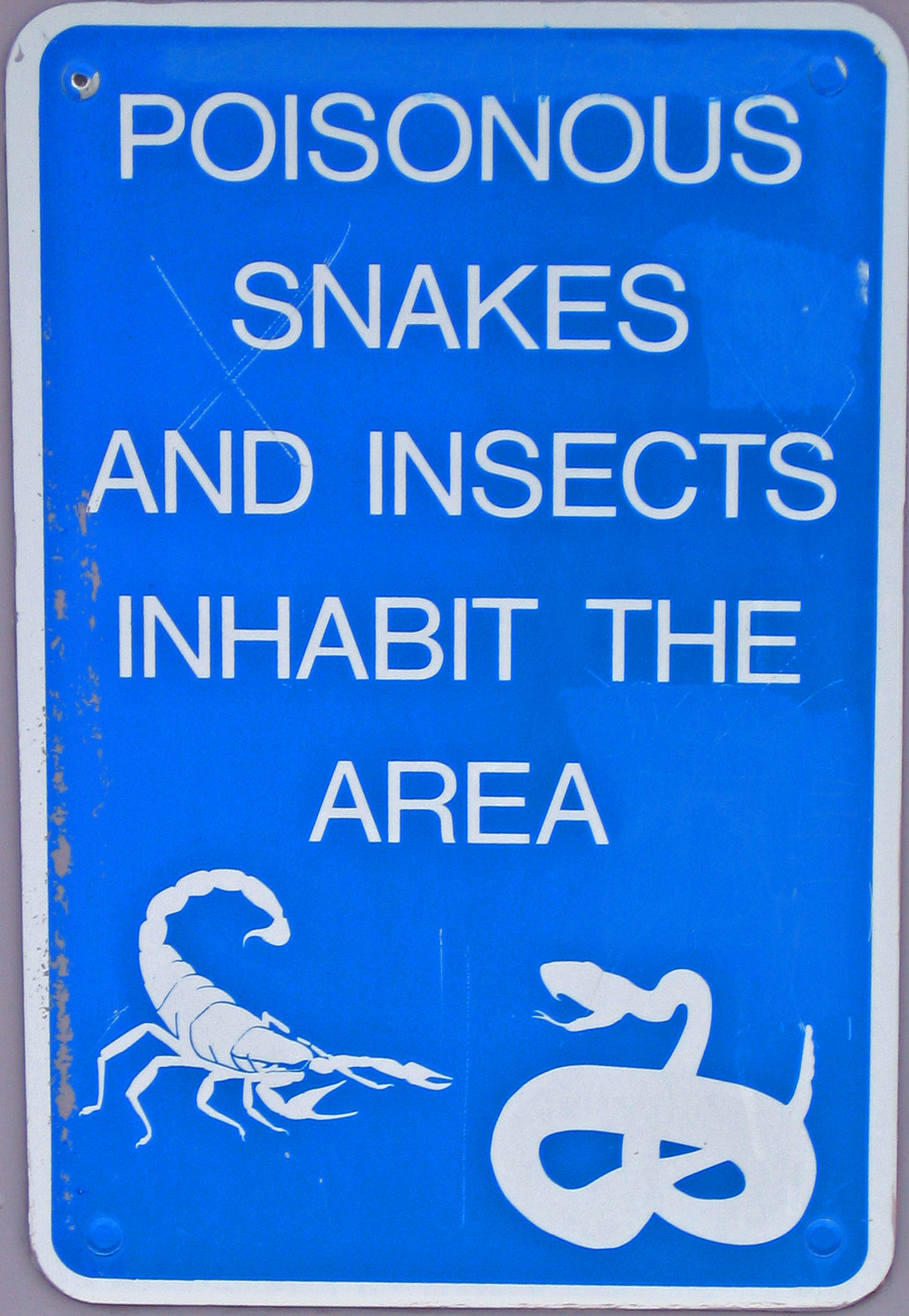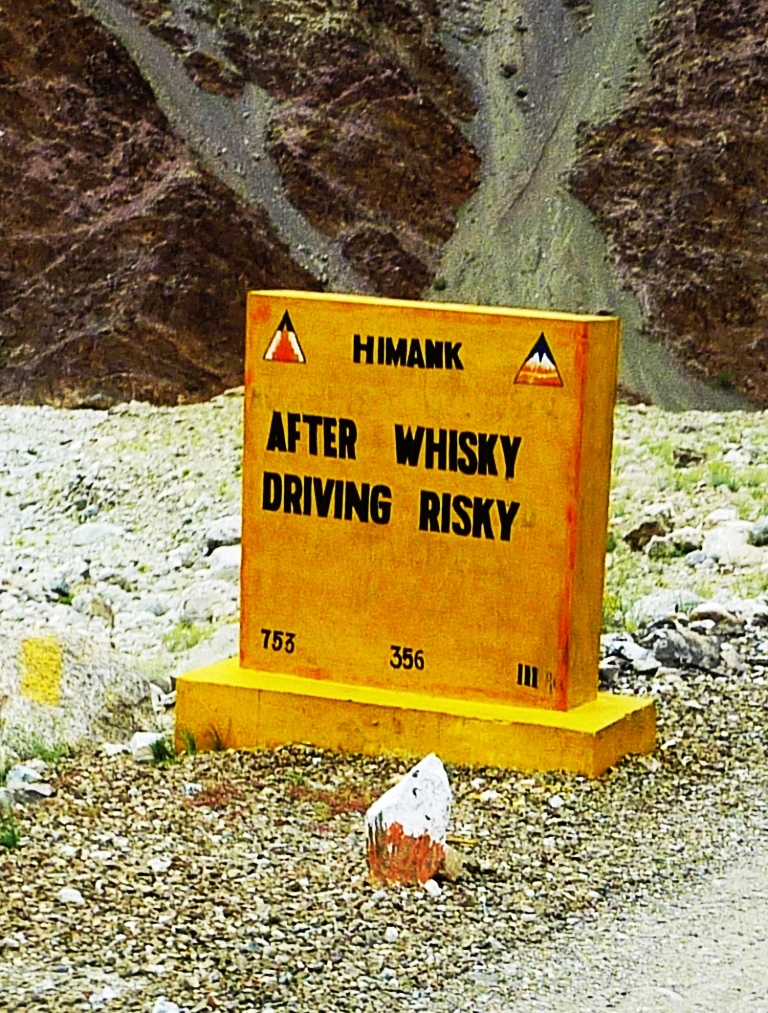|
Diving Safety
Diving safety is the aspect of underwater diving operations and activities concerned with the safety of the participants. The safety of underwater diving depends on four factors: the environment, the equipment, behaviour of the individual diver and performance of the dive team. The underwater environment can impose severe physical and psychological stress on a diver, and is mostly beyond the diver's control. Equipment is used to operate underwater for anything beyond very short periods, and the reliable function of some of the equipment is critical to even short-term survival. Other equipment allows the diver to operate in relative comfort and efficiency, or to remain healthy over the longer term. The performance of the individual diver depends on learned skills, many of which are not intuitive, and the performance of the team depends on competence, communication, attention and common goals. There is a large range of hazards to which the diver may be exposed. These each have assoc ... [...More Info...] [...Related Items...] OR: [Wikipedia] [Google] [Baidu] |
Underwater Diving
Underwater diving, as a human activity, is the practice of descending below the water's surface to interact with the environment. It is also often referred to as diving, an ambiguous term with several possible meanings, depending on context. Immersion in water and exposure to high ambient pressure have physiological effects that limit the depths and duration possible in ambient pressure diving. Humans are not physiologically and anatomically well-adapted to the environmental conditions of diving, and various equipment has been developed to extend the depth and duration of human dives, and allow different types of work to be done. In ambient pressure diving, the diver is directly exposed to the pressure of the surrounding water. The ambient pressure diver may dive on breath-hold (freediving) or use breathing apparatus for scuba diving or surface-supplied diving, and the saturation diving technique reduces the risk of decompression sickness (DCS) after long-duration deep dives ... [...More Info...] [...Related Items...] OR: [Wikipedia] [Google] [Baidu] |
Dive Briefing
A dive briefing or pre-dive briefing is a meeting of the diving team or dive group before the dive to allow the supervisor, dive leader or dive boat skipper to inform the attendees of the dive plan, contingency plan A contingency plan, also known colloquially as Plan B, is a plan devised for an outcome other than in the usual (expected) plan. It is often used for risk management for an exceptional risk that, though unlikely, would have catastrophic conseque ...s and emergency plans for the dive. The amount of detail presented should be appropriate to the dive, but there are several topics which are considered standard components of a dive briefing. The topics may vary depending on context. On some occasions an expert or specialist may present part of the dive briefing, particularly aspects relating to specialised tasks, or vessel safety and procedures, but the overall responsibility is with the person responsible for the safety of the group. Purpose Each member of the dive t ... [...More Info...] [...Related Items...] OR: [Wikipedia] [Google] [Baidu] |
Water Pollution
Water pollution (or aquatic pollution) is the contamination of water bodies, usually as a result of human activities, so that it negatively affects its uses. Water bodies include lakes, rivers, oceans, aquifers, reservoirs and groundwater. Water pollution results when contaminants are introduced into these water bodies. Water pollution can be attributed to one of four sources: sewage discharges, industrial activities, agricultural activities, and urban runoff including stormwater. It can be grouped into surface water pollution (either fresh water pollution or marine pollution) or groundwater pollution. For example, releasing inadequately treated wastewater into natural waters can lead to degradation of these aquatic ecosystems. Water pollution can also lead to water-borne diseases for people using polluted water for drinking, bathing, washing or irrigation. Water pollution reduces the ability of the body of water to provide the ecosystem services (such as drinking water) that ... [...More Info...] [...Related Items...] OR: [Wikipedia] [Google] [Baidu] |
Bail-out Bottle
A bailout bottle (BoB) or, more formally, bailout cylinder is a scuba cylinder carried by an underwater diver for use as an emergency supply of breathing gas in the event of a primary gas supply failure. A bailout cylinder may be carried by a scuba diver in addition to the primary scuba set, or by a surface supplied diver using either free-flow or demand systems. The bailout gas is not intended for use during the dive except in an emergency, and would be considered a fully redundant breathing gas supply if used correctly. The term may refer to just the cylinder, or the bailout set or emergency gas supply (EGS), which is the cylinder with the gas delivery system attached. The bailout set or bailout system is the combination of the emergency gas cylinder with the gas delivery system to the diver, which includes a diving regulator with either a demand valve, a bailout block, or a bailout valve (BOV). In solo diving, a buddy bottle is a bailout cylinder carried as a substitute for a ... [...More Info...] [...Related Items...] OR: [Wikipedia] [Google] [Baidu] |
Diving Compressor
A diving air compressor is a gas compressor that can provide breathing air directly to a surface-supplied diver, or fill diving cylinders with high-pressure air pure enough to be used as a breathing gas. A low pressure diving air compressor usually has a delivery pressure of up to 30 bar, which is regulated to suit the depth of the dive. A high pressure diving compressor has a delivery pressure which is usually over 150 bar, and is commonly between 200 and 300 bar. The pressure is limited by an overpressure valve which may be adjustable. Most high pressure diving air compressors are oil-lubricated multi-stage piston compressors with inter-stage cooling and condensation traps. Low pressure compressors may be single or two-stage, and may use other mechanisms besides reciprocating pistons. When the inlet pressure is above ambient pressure the machine is known as a gas booster pump. The output air must usually be filtered to control purity to a level appropriate for breathing ... [...More Info...] [...Related Items...] OR: [Wikipedia] [Google] [Baidu] |
Diving Stage
There are several categories of decompression equipment used to help divers Decompression practice, decompress, which is the process required to allow divers to return to the surface safely after spending time underwater at higher ambient pressures. Decompression obligation for a given dive profile must be calculated and monitored to ensure that the risk of decompression sickness is controlled. Some equipment is specifically for these functions, both during planning before the dive and during the dive. Other equipment is used to mark the underwater position of the diver, as a position reference in low visibility or currents, or to assist the diver's ascent and control the depth. Decompression may be shortened ("accelerated") by breathing an oxygen-rich "decompression gas" such as a nitrox blend or pure oxygen. The high partial pressure of oxygen in such decompression mixes produces the effect known as the oxygen window. This decompression gas is often carried by scuba divers i ... [...More Info...] [...Related Items...] OR: [Wikipedia] [Google] [Baidu] |
Fault Tolerant Design
Fault tolerance is the property that enables a system to continue operating properly in the event of the failure of one or more faults within some of its components. If its operating quality decreases at all, the decrease is proportional to the severity of the failure, as compared to a naively designed system, in which even a small failure can cause total breakdown. Fault tolerance is particularly sought after in high-availability, mission-critical, or even life-critical systems. The ability of maintaining functionality when portions of a system break down is referred to as graceful degradation. A fault-tolerant design enables a system to continue its intended operation, possibly at a reduced level, rather than failing completely, when some part of the system fails. The term is most commonly used to describe computer systems designed to continue more or less fully operational with, perhaps, a reduction in throughput or an increase in response time in the event of some partial f ... [...More Info...] [...Related Items...] OR: [Wikipedia] [Google] [Baidu] |
Electro-galvanic Oxygen Sensor
An electro-galvanic fuel cell is an electrochemical device which consumes a fuel to produce an electrical output by a chemical reaction. One form of electro-galvanic fuel cell based on the oxidation of lead is commonly used to measure the concentration of oxygen gas in underwater diving and medical breathing gases. Electronically monitored or controlled diving rebreather systems, saturation diving systems, and many medical life-support systems use galvanic oxygen sensors in their control circuits to directly monitor oxygen partial pressure during operation. They are also used in oxygen analysers in recreational, technical diving and surface supplied mixed gas diving to analyse the proportion of oxygen in a nitrox, heliox or trimix breathing gas before a dive. These cells are lead/oxygen galvanic cells where oxygen molecules are dissociated and reduced to hydroxyl ions at the cathode. The ions diffuse through the electrolyte and oxidize the lead anode. A current proportional to ... [...More Info...] [...Related Items...] OR: [Wikipedia] [Google] [Baidu] |
Sidemount 032 Photo By Pete Nawrocky
Sidemount is a scuba diving equipment configuration which has scuba sets mounted alongside the diver, below the shoulders and along the hips, instead of on the back of the diver. It originated as a configuration for advanced cave diving, as it facilitates penetration of tight sections of cave, allows easy access to cylinder valves, provides easy and reliable gas redundancy, and tanks can be easily removed when necessary. These benefits for operating in confined spaces were also recognized by divers who conducted technical wreck diving penetrations. Sidemount diving is now growing in popularity within the technical diving community for general decompression diving, and is becoming an increasingly popular specialty training for recreational diving, with several diver certification agencies offering recreational and technical level sidemount training programs. Terminology ;Sidemount diving: Sidemount diving is the practice of diving with two or more cylinders secured at t ... [...More Info...] [...Related Items...] OR: [Wikipedia] [Google] [Baidu] |
Perceived Safety
Safety is the state of being "safe", the condition of being protected from harm or other danger. Safety can also refer to the control of recognized hazards in order to achieve an acceptable level of risk. Meanings There are two slightly different meanings of ''safety''. For example, ''home safety'' may indicate a building's ability to protect against external harm events (such as weather, home invasion, etc.), or may indicate that its internal installations (such as appliances, stairs, etc.) are safe (not dangerous or harmful) for its inhabitants. Discussions of safety often include mention of related terms. Security is such a term. With time the definitions between these two have often become interchanged, equated, and frequently appear juxtaposed in the same sentence. Readers unfortunately are left to conclude whether they comprise a redundancy. This confuses the uniqueness that should be reserved for each by itself. When seen as unique, as we intend here, each term will ... [...More Info...] [...Related Items...] OR: [Wikipedia] [Google] [Baidu] |
Normative Safety
Safety is the state of being "safe", the condition of being protected from harm or other danger. Safety can also refer to the control of recognized hazards in order to achieve an acceptable level of risk. Meanings There are two slightly different meanings of ''safety''. For example, ''home safety'' may indicate a building's ability to protect against external harm events (such as weather, home invasion, etc.), or may indicate that its internal installations (such as appliances, stairs, etc.) are safe (not dangerous or harmful) for its inhabitants. Discussions of safety often include mention of related terms. Security is such a term. With time the definitions between these two have often become interchanged, equated, and frequently appear juxtaposed in the same sentence. Readers unfortunately are left to conclude whether they comprise a redundancy. This confuses the uniqueness that should be reserved for each by itself. When seen as unique, as we intend here, each term will ... [...More Info...] [...Related Items...] OR: [Wikipedia] [Google] [Baidu] |
Substantive Safety
Safety is the state of being "safe", the condition of being protected from harm or other danger. Safety can also refer to the control of recognized hazards in order to achieve an acceptable level of risk. Meanings There are two slightly different meanings of ''safety''. For example, ''home safety'' may indicate a building's ability to protect against external harm events (such as weather, home invasion, etc.), or may indicate that its internal installations (such as appliances, stairs, etc.) are safe (not dangerous or harmful) for its inhabitants. Discussions of safety often include mention of related terms. Security is such a term. With time the definitions between these two have often become interchanged, equated, and frequently appear juxtaposed in the same sentence. Readers unfortunately are left to conclude whether they comprise a redundancy. This confuses the uniqueness that should be reserved for each by itself. When seen as unique, as we intend here, each term will ... [...More Info...] [...Related Items...] OR: [Wikipedia] [Google] [Baidu] |









